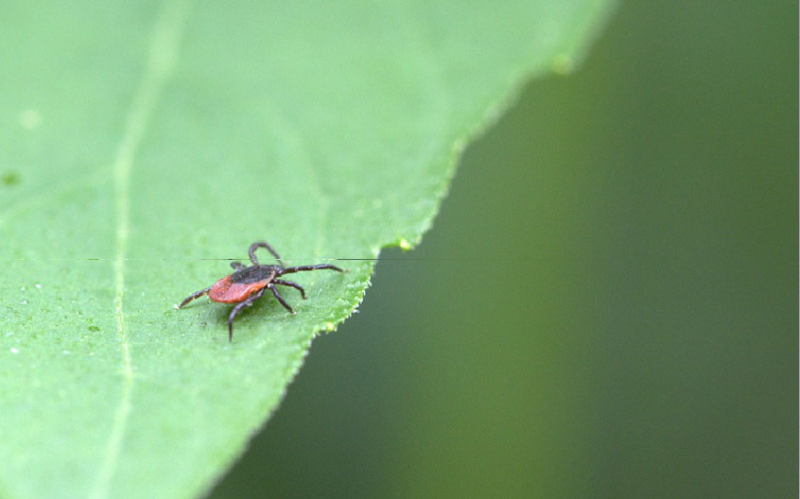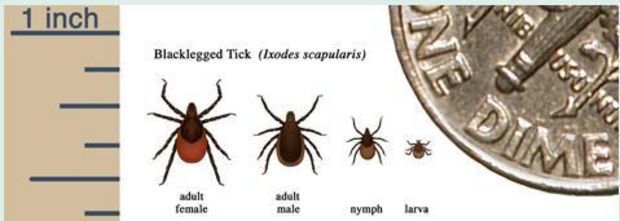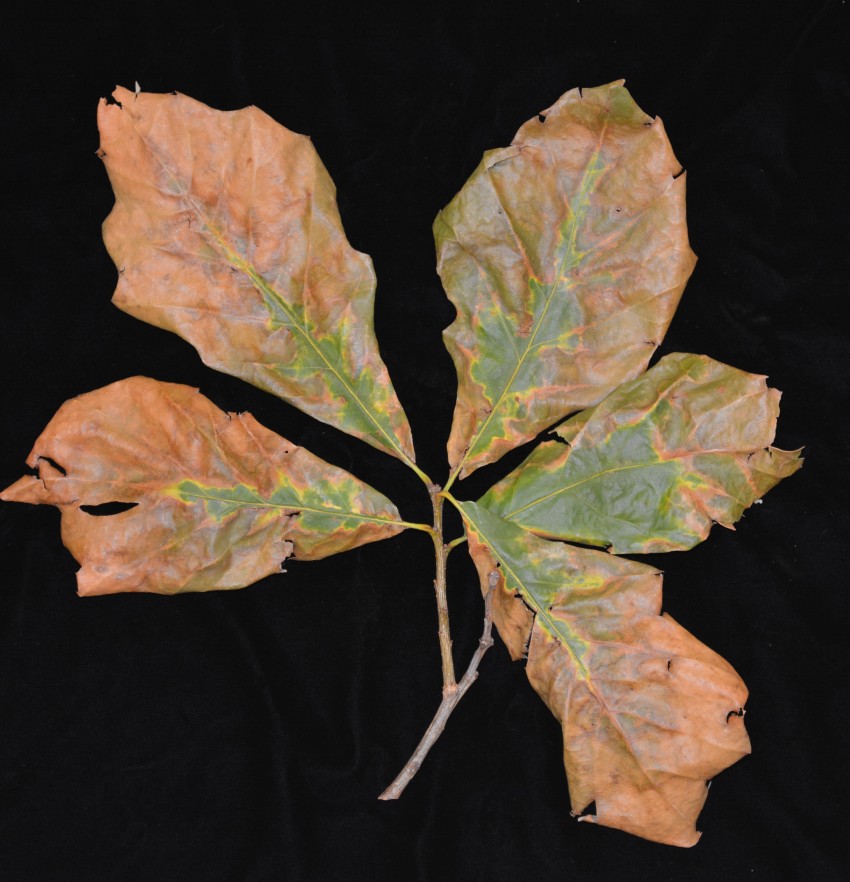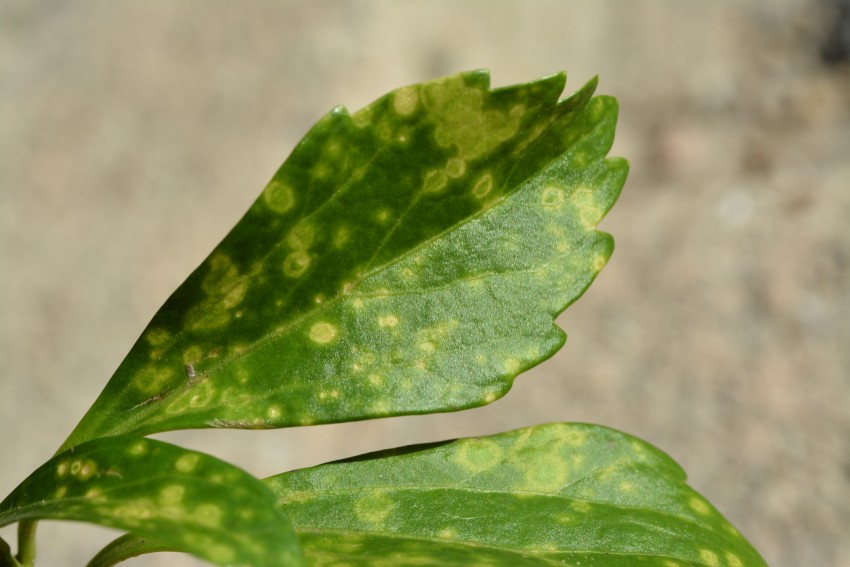Deer ticks (Ixodes scapularis, also known as black-legged ticks) have become a major pest in New Jersey, largely due to rising numbers of white-tailed deer in the area.
However, while many ticks are carried by deer, they can also be found on rodents, such as wood chucks, squirrels, white-footed mice and voles, as well as on you and your pets.
The black-legged tick is the only tick that transmits the Lyme disease bacteria, resulting in around 3,000 cases of Lyme disease reported in New Jersey each year (although there are probably far more people who actually have contracted the disease than are reported). You can also get babesiosis and anaplasma from tick bites, both of which cause symptoms similar to Lyme disease.
ABOUT TICK CONTROL
Avoiding potential tick habitats is the best way to minimize the risk of tick bites and infection. But, since even the most perfectly manicured yard in our area probably has ticks, that can be hard to do.
Controlling and eliminating deer ticks from your yard can be done through a series of tick control pesticide applications that are applied at the right time and in the right places. Although there are DIY options, best results are achieved through professional tick control applications.
To minimize the impact on beneficial insect populations, we focus our applications on specific tick habitats and breeding areas, such as high grass, mulch beds and hedgerows. We use high-pressure sprayers so the tick control pesticide penetrates into leaf litter, crevices, ground covers, wood piles and other areas where ticks are hiding.
Tree-tech’s TICK CONTROL PROGRAM
We typically do monthly tick control visits from April through November.
The first visit in our tick control program takes place in April, with the goal of disrupting the egg-laying process among the adult ticks that have started to emerge and reducing the overall population.
Most Lyme disease infections happen in spring so it’s critical to start your tick control program early. In spring, ticks are in their nymph stage – they’re tiny and difficult to see until they’re engorged with blood, at which point they’ve been attached for at least 24 hours and have had time to transmit the Lyme spirochete.
Subsequent tick control visits suppress ticks at the larval, nymph and adult growth stages, cutting down the total number of ticks and controlling adults before they have a chance to safely hide for the winter.






